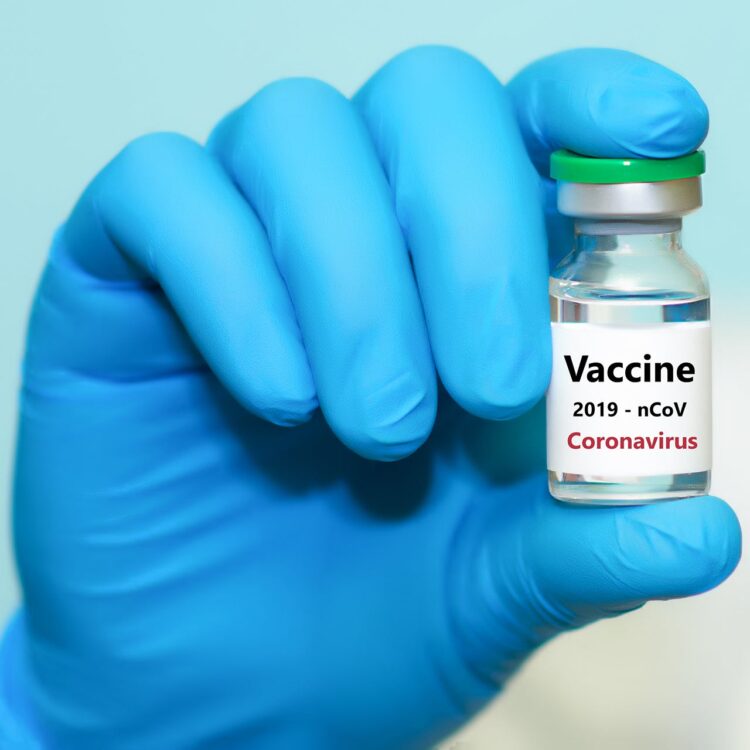
Two weeks ago, I wrote a post about COVID-19 vaccines, and today I have another! On 15 November the Bassetti Foundation hosted an online event called COVID-19 Vaccines, which choice? I attended, and wanted to propose some of the content for discussion here.
Who to Vaccinate First?
The choice of who to vaccinate is not quite as simple as it looks. The vaccines are a scarce resource, so there is more demand than supply. Choices have to be made about how to use them, clinical but also ethical choices.
Vaccines are a technological fix, which means in this case that they can only work alongside broader measures. We might think that the world is ready for a global vaccination strategy, but there are problems with such an idea. In order to get to a business as normal routine (like last year) the pandemic will have to be under control (or eradicated) everywhere, as travel will spread it once more from zone to zone. One international conference will bring all continents back in contact.
But in the current situation we see competition between blocks and states for the vaccines. The US boast about their developments, the UK are the first, the EU have bought a job lot. This leads to scarcity in other parts of the world, where infrastructure and buying power might not be so great.
Without involving these places though, the plan will fail, as COVID will continue to circulate, put the medical facilities under great strain and kill people. And it will continue to spread back into places where it was under control, through business travel.
Published Strategies
The World Health Organization Sage Values Framework offers an overview of goals, values and then priority groups for a vaccine strategy. It’s free to download here. There are two main aims, to protect the vulnerable and to slow down the spread, but here we need to open a discussion.
It might seem obvious to administer the vaccine to the old and hospital staff first, but this is untested as a strategy. It may save some lives in the short term, but will it slow the spread of the virus? Or better, is it the most efficient way to slow the spread?
The most mobile are those who spread the virus, students, business people, workers who interact with lots of people. Maybe vaccinating these types of people would slow down the spread. Now maybe such a strategy would lead to more deaths in the short term, but if strain on the health system and other social and economic factors were taken into account, over years, the strategy might lead to less deaths.
The slower the spread the better, and the lower the global long term death rate. So this choice is not as obvious as it seems. One side of the plan has to be prioritized, without any data on possible effect. There is little evidence about whether and how the principles and goals support each other, the strategies are based on intuition.
The European Commission has also published its vaccination strategy for global public good. This strategy (available here) leans more towards the practicalities of aiding the development and distribution of vaccines, its objectives are the following:
- ensuring the quality, safety and efficacy of vaccines
- securing timely access to vaccines for Member States and their population while leading the global solidarity effort
- ensuring equitable and affordable access for all in the EU to an affordable vaccine as early as possible
- making sure that preparations are made in EU countries regarding the roll-out of safe and effective vaccines, addressing transportation and deployment needs, and identifying priority groups which should gain access to vaccines first
Below this level the nation states have to implement their own strategy based upon their own interpretations and cultural norms.
Trials and Participation
As vaccines are developed, a further problem arises. Less people are prepared to take the risk of participating in a trial for new vaccines if there is already one available. So the trials are more difficult to run. This problem occurs again later in the strategy, because once the bulk of the population has had the vaccine, those remaining are less likely to want to do it. They feel at less risk, but this means that the virus is never eradicated.
But do we need more vaccines? Yes is the answer. In the last post I mentioned mDNA vaccines, which are better for people with allergies than the current mRNA version. mDNA vaccines only lead to antibodies being produced against the spike protein, while RNA can produce a broader spectrum leading to more alergic reactions.
Another issue is availability. More producers can produce more vaccines, so the supply issue can be better addressed.
A related question is posed by not knowing how long the antibodies will remain strong enough to fight off infection. Immunity is not forever, and if it is only for months (as suggested) then vaccination will have to be repeated. If there are supply problems, we might find ourselves in the position of having to vaccinate the at-risk categories for a second time before those deemed not at risk have received their first dose!
So the more the merrier!

